AI, Google Lens & Winter Plants
AI, Google Lens & Winter Plants
I had my camera with me this afternoon while running some errands, wanting to capture some winter fruits. Two of the well known plants that are both evergreen, and have fruits in winter, are Holly and Ivy. It's why they are both associated with the winter season, and several festivals, such as Christmas, that take place in the northern hemisphere winter season.
I found a few, which I photographed with my compact mirrorless camera. I decided to take some snaps with my iPhone when I noticed a little highlight in the image. The iPhone has some object recognition software running in the camera app. It allows for recognising and scanning (if required) text in the picture frame. Road signs, for instance, can be easily scanned, copied and pasted into a word processor or search bar. Other options also do exist for QR and bar codes. This feature kind of worries me because who knows what else my iPhone is scanning without my permission? It's why I have a camera cover built into my case. Mind you that's only for the back, more powerful cameras. I have nothing yet for the front facing one.
It reminded me of Goole Lens, which I used back in the day to recognise some landmarks while on holiday, and it did surprisingly well for the well known structures in cities like Paris and Prague, but not so well in small towns. I wondered if, after nearly a decade, it had improved or not. It's now inbuilt in any Android device, or Google browser, so I fired up the one on my iPhone. As it happens, the plant recognition work that was done, plus the AI amalgamation of all the work done by random users, have really improved Google Lens' ability to correctly identify a plant - so long as enough visual information is present.
Holly
Holly is a common evergreen shrub that is often used for ornamental purposes. It is known for its glossy, dark green leaves and bright red berries, which are popular symbols of the winter season. Holly plants can be found in many parts of the world, including Europe, Asia, and North America. They are typically easy to care for and can thrive in a variety of soil types. Some species of holly are used for medicinal purposes, and the wood from the holly tree has been used to make a variety of products, including furniture, utensils, and musical instruments.
Ivy
Ivy is a type of climbing or creeping plant that is known for its strong, woody stems and shiny, evergreen leaves. It is native to many parts of the world, including Europe, Asia, and North America. There are many different species of ivy, including English ivy, Boston ivy, and Algerian ivy. Ivy plants are often used as ornamental plants and are known for their ability to grow on a variety of surfaces, including walls, fences, and trees. Some species of ivy are considered invasive, as they can spread rapidly and outcompete native plants. Ivy is also known for its medicinal properties and has been used in traditional medicine to treat a variety of ailments.
Google Lens
Google Lens is a visual search tool that uses artificial intelligence to recognise objects and provide information about them. It is available as an app on Android and iOS devices, and it can also be accessed through Google Assistant and Google Photos. With Google Lens, you can point your phone at an object or text and get additional information about it. For example, you can use Google Lens to scan a book cover and get the title, author, and a summary of the book. You can also use it to identify landmarks, plants, and animals, translate text, and scan QR codes. Google Lens can also recognise and extract information from business cards and help you save the information to your contacts.
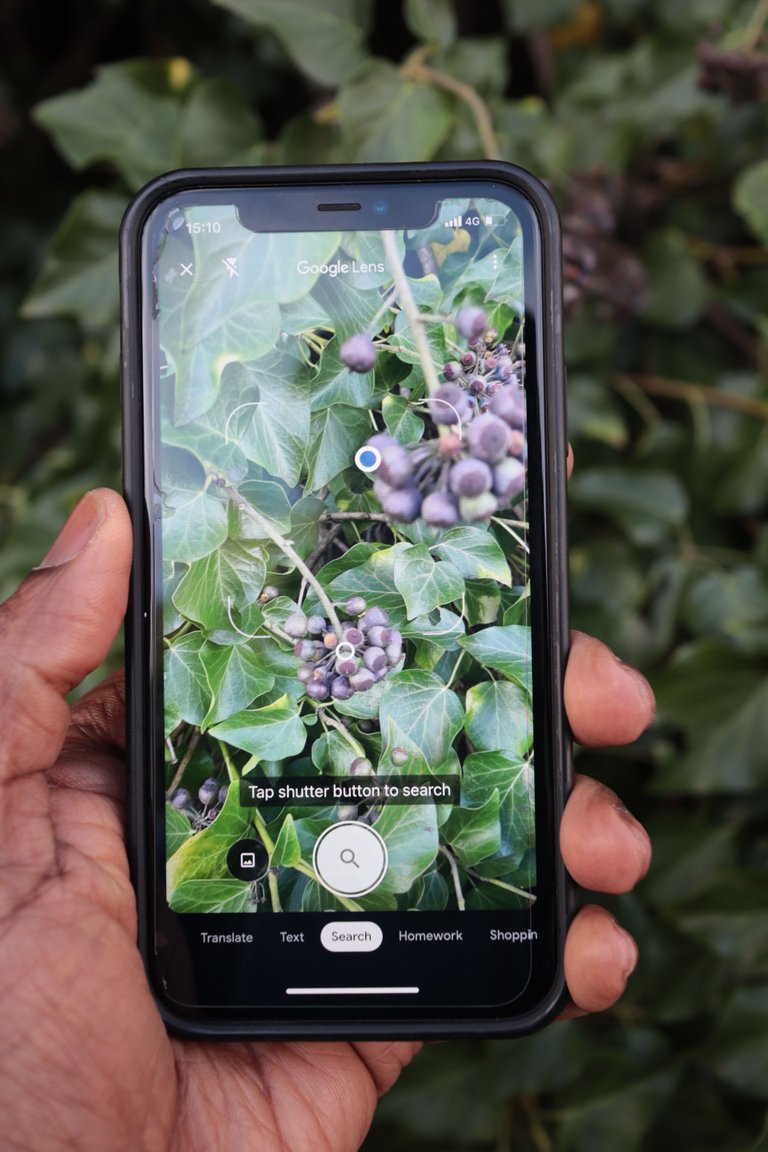 | 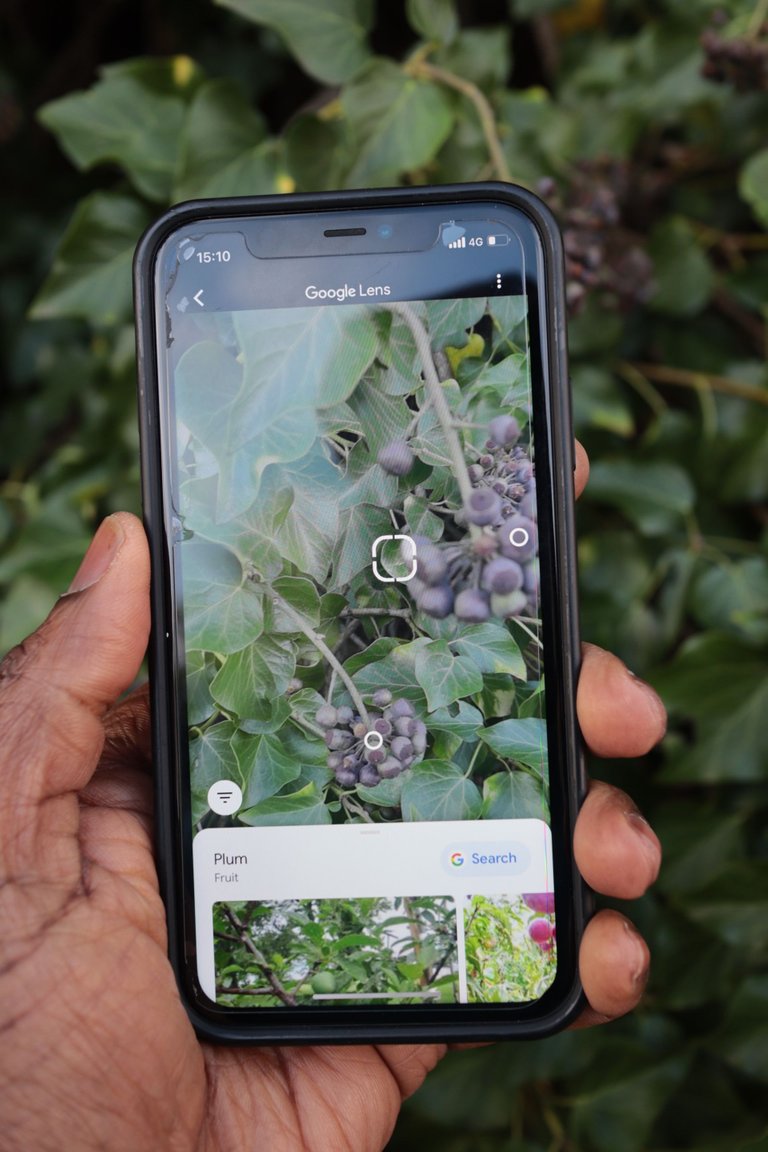 |
|---|
To use Google Lens to identify a plant, follow these steps:
- Open the Google Lens app on your smartphone.
- Point your phone's camera at the plant you want to identify.
- Google Lens will analyse the plant and provide information about it, including the common and scientific names, as well as any relevant details.
You can also use Google Lens to identify a plant by taking a picture of it and then selecting the image in the Google Lens app. Google will analyse the image and provide information about the plant.
Keep in mind that Google Lens may not be able to identify every plant, especially if the plant is rare or not well known. However, it can be a useful tool for identifying common plants and learning more about them. In this case of the Ivy it first made an error by identifying it as "Plum". This is a type of error that can occur that can misinform someone who doesn't know the plant, or if the plant is a rare one and one is non the wiser. The error was caused by the image being too zoomed in, in macro mode, so the ivy fruit appeared the size and shape of a plum. The leaves of the plant could also not been "seen" by Google Lens, so it couldn't add it to the information.
If you consider that human beings would probably make a similar error if presented with not enough information, then Google Lens becomes even more impressive. I have been saying for a while not that AI is here to stay, and getting more powerful every day. I've also said that Google is the most powerful, yet un-noticed, AI in the universe. Google Lens has been around for years, but is now getting more popular as people become more conversant with AI use. Besides, it's been steadily growing and getting more powerful over the years, taking signals from other Google products like Search, especially "Reverse Image Search" and OCR.
The time is coming when these errors will be totally eliminated and AI will be near infallible. I'm not sure I'm looking forward to that day if I'm being honest.
Peace & Love,
Adé
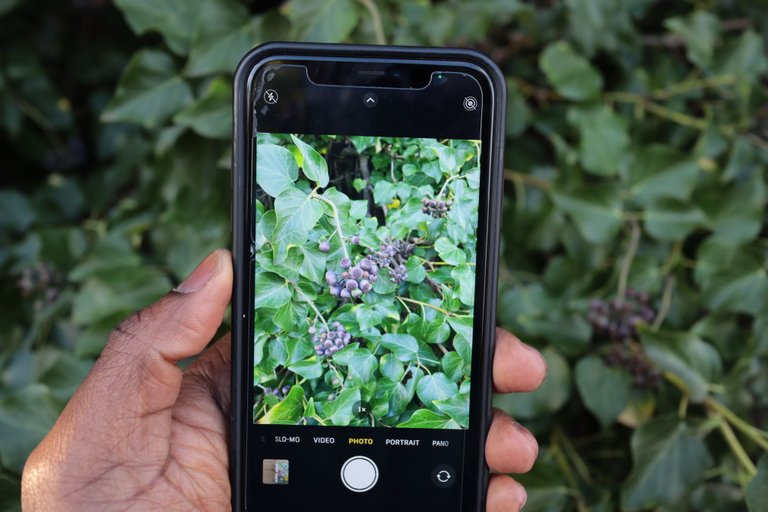

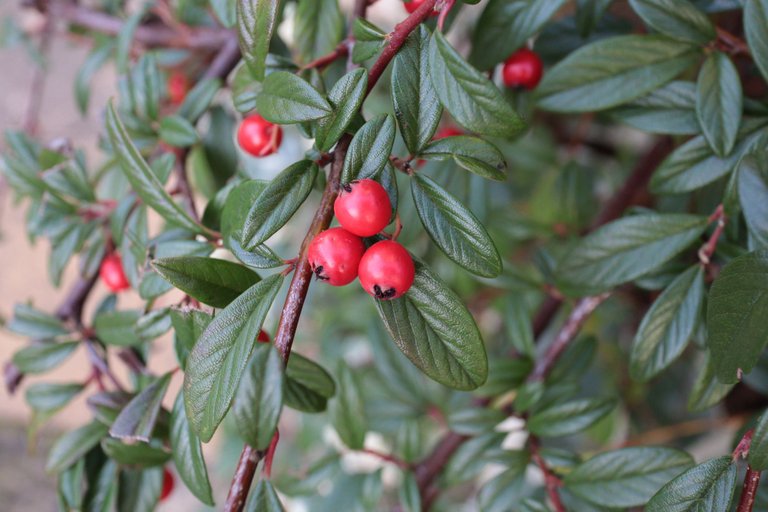
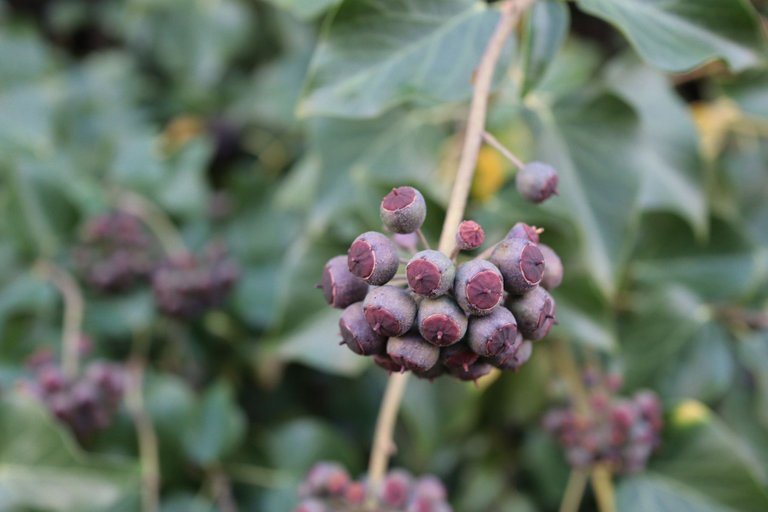
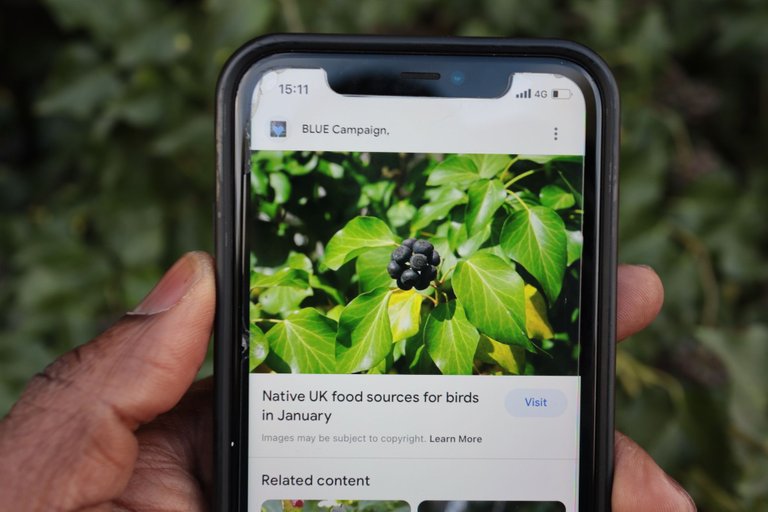
Interesting how it works!
!1UP
It really is. 🙌
You have received a 1UP from @gwajnberg!
@stem-curator, @vyb-curator, @pob-curator
And they will bring !PIZZA 🍕.
Learn more about our delegation service to earn daily rewards. Join the Cartel on Discord.
I gifted $PIZZA slices here:
@curation-cartel(13/20) tipped @adetorrent (x1)
Learn more at https://hive.pizza!